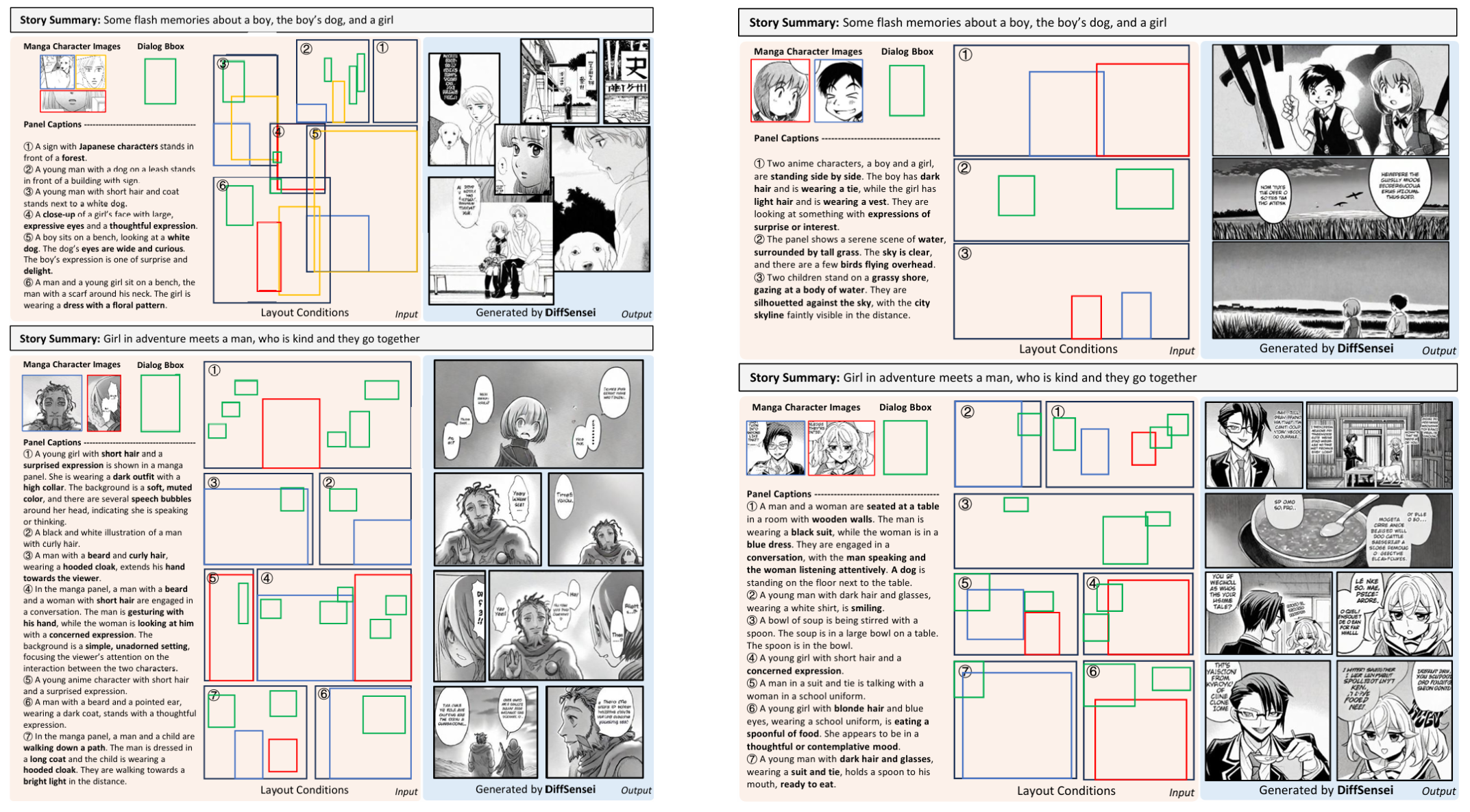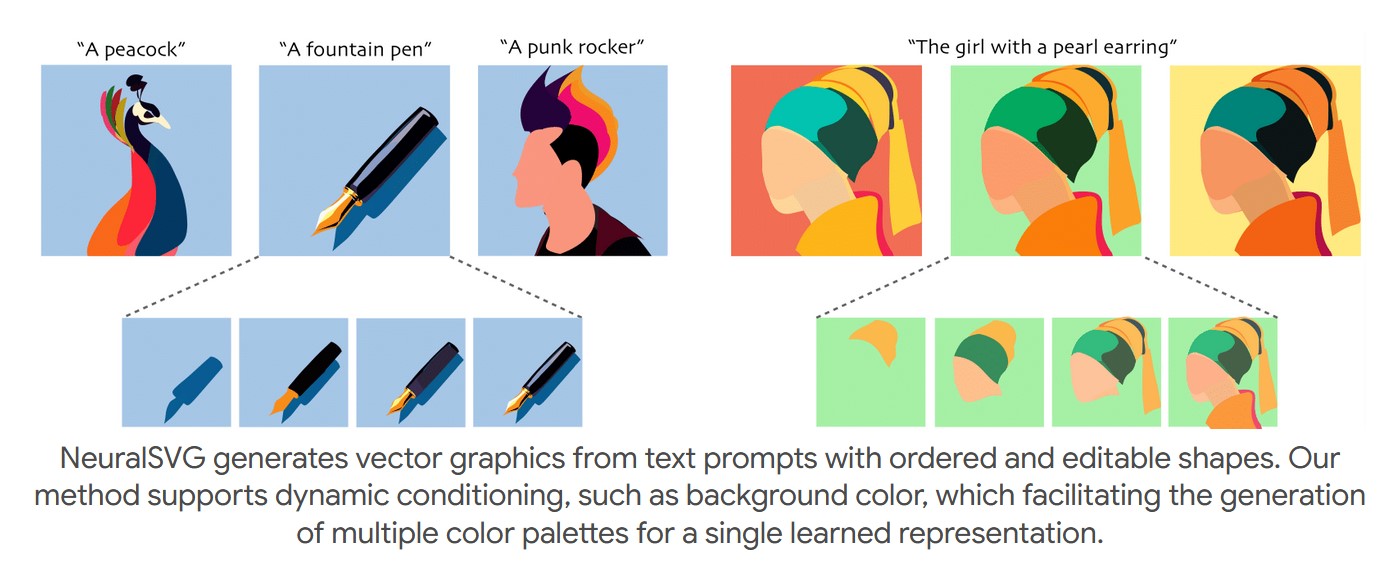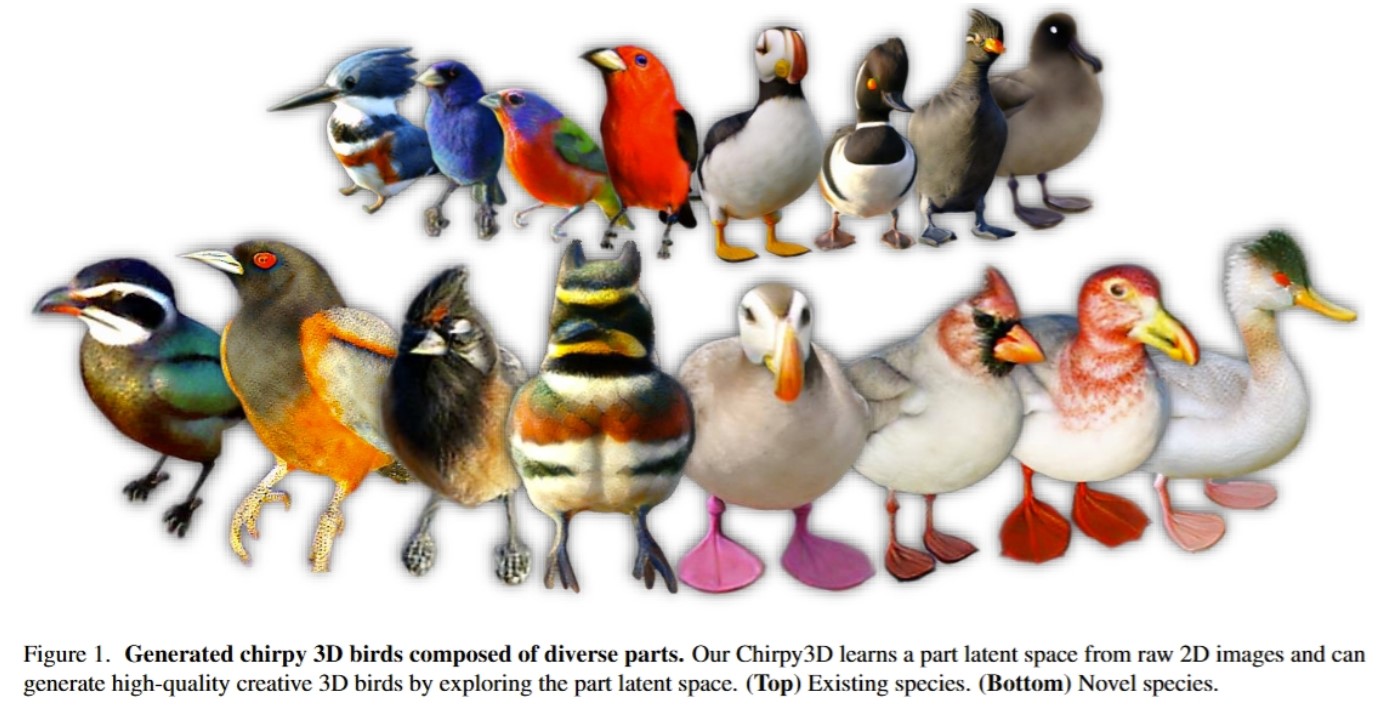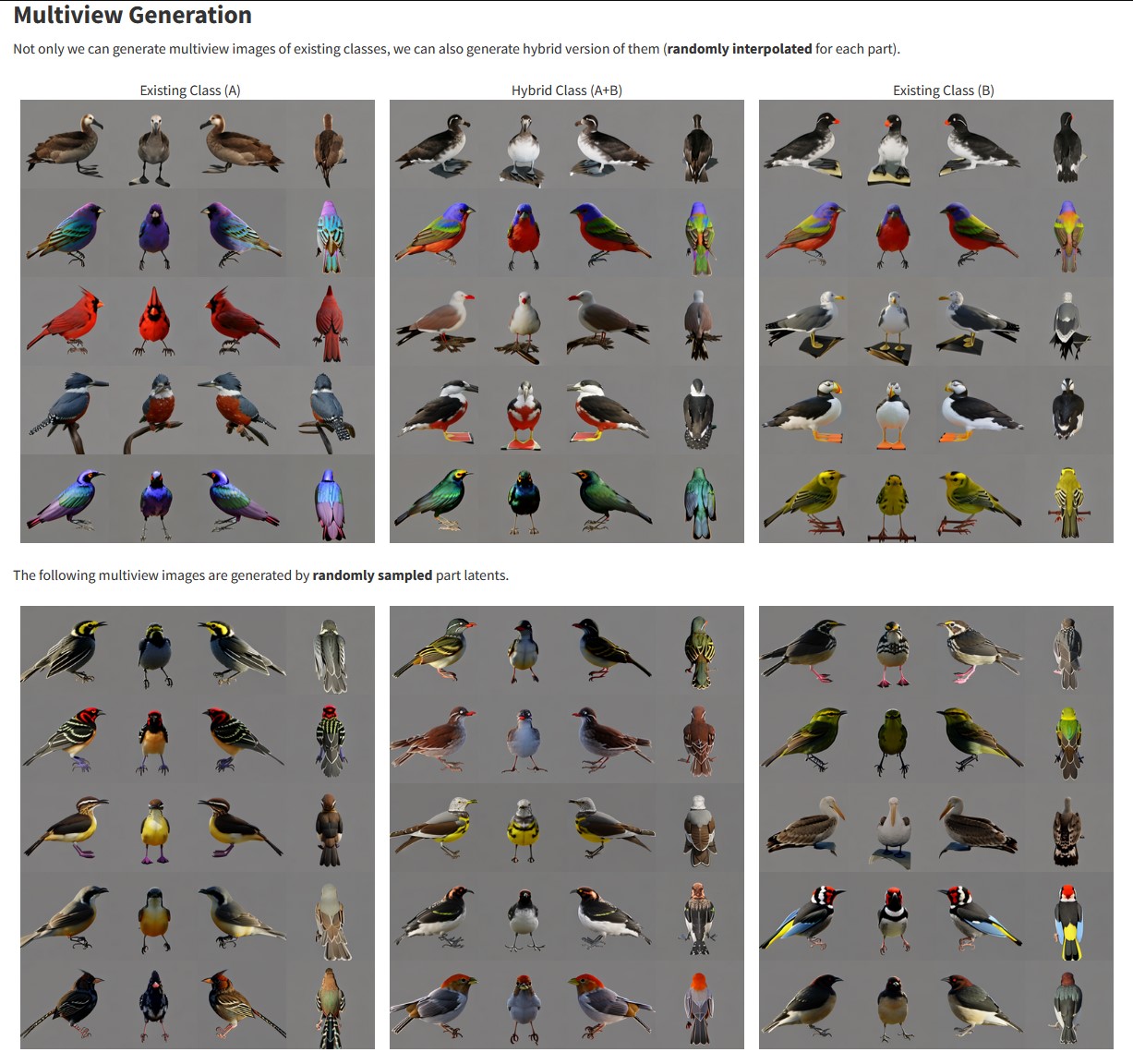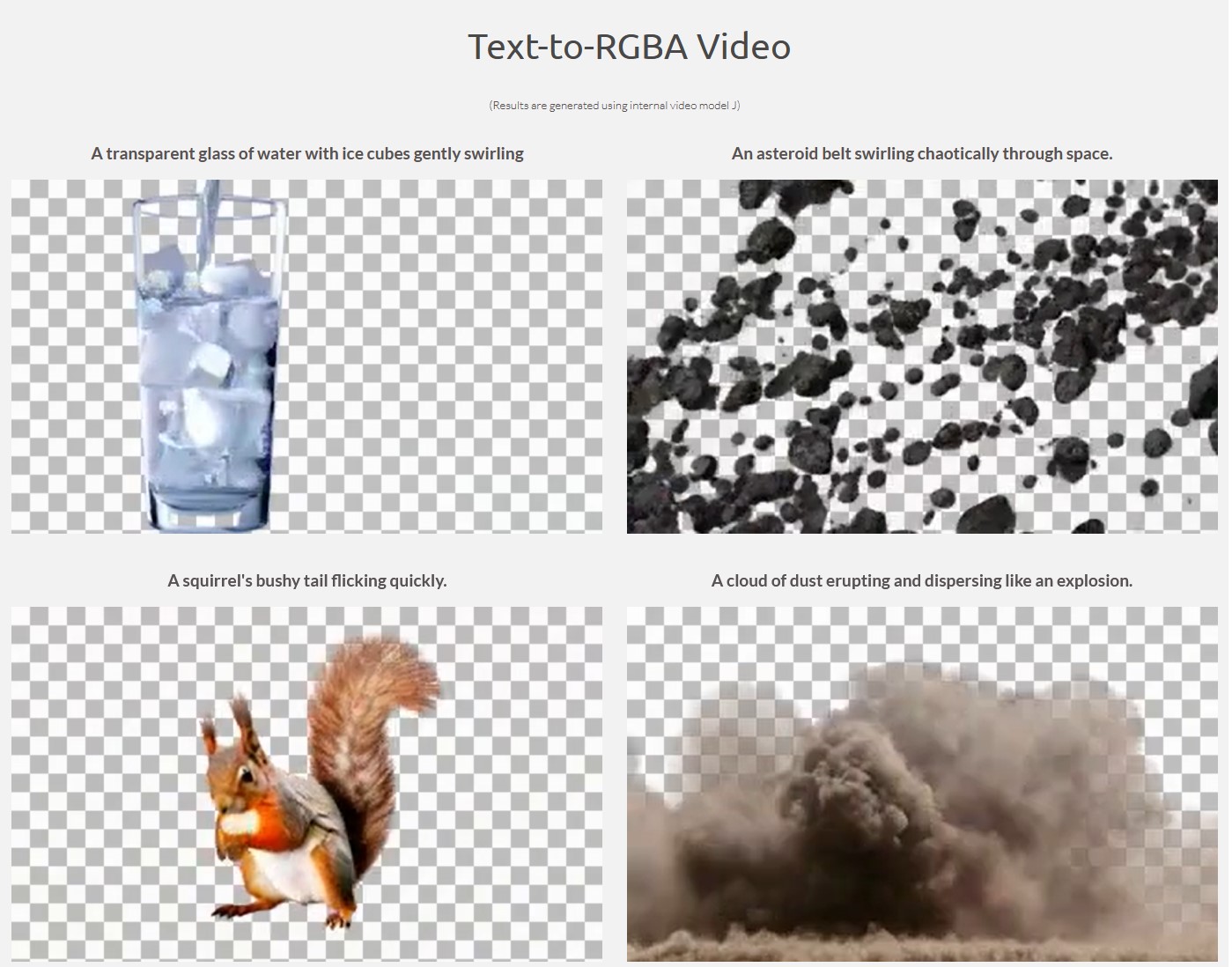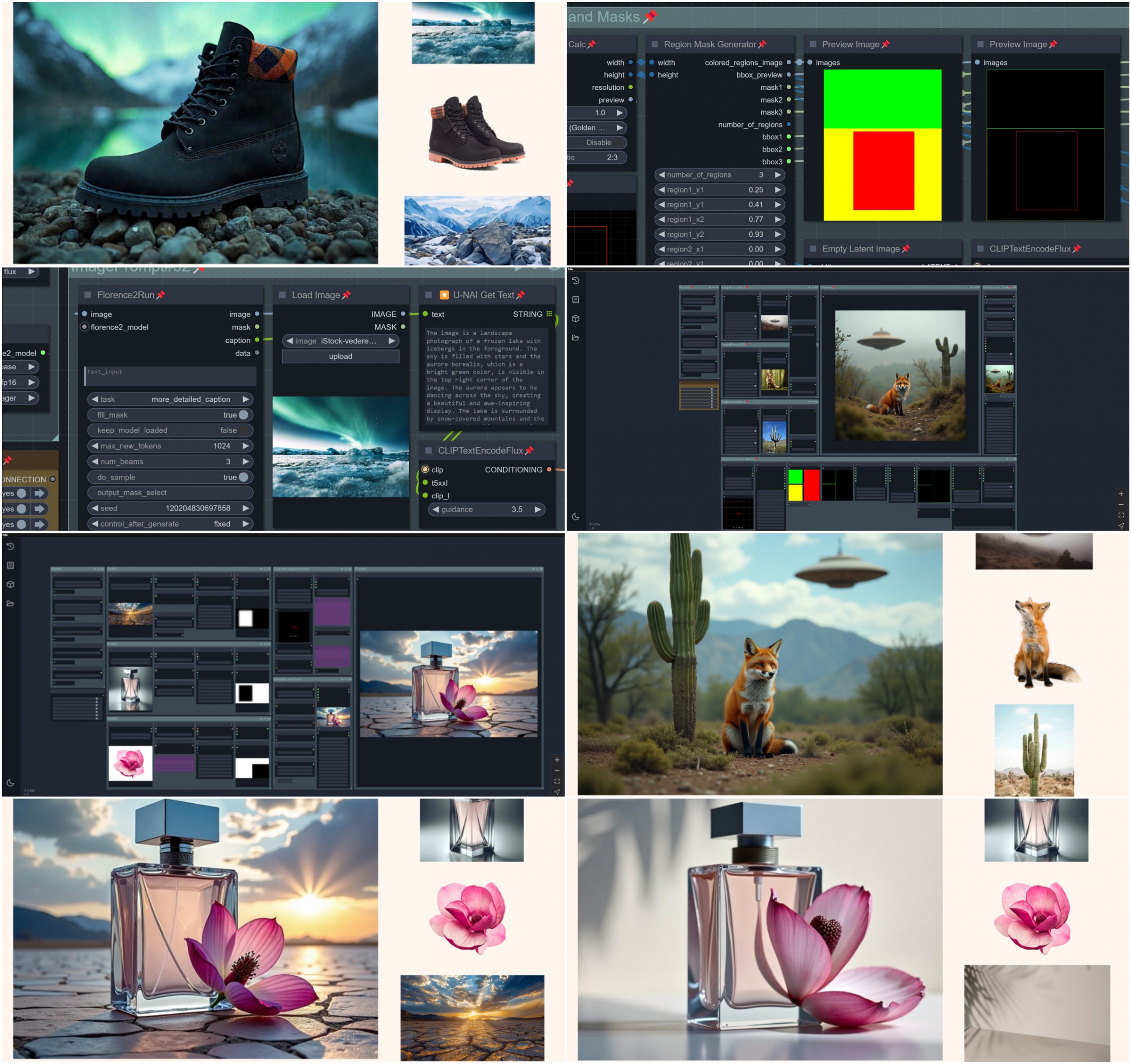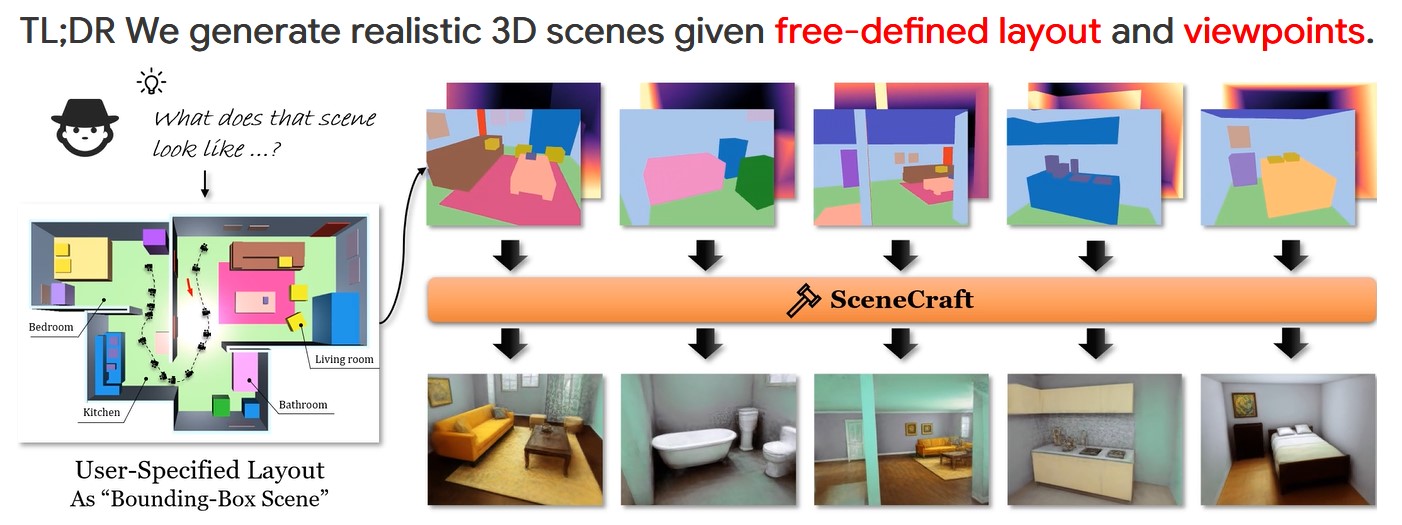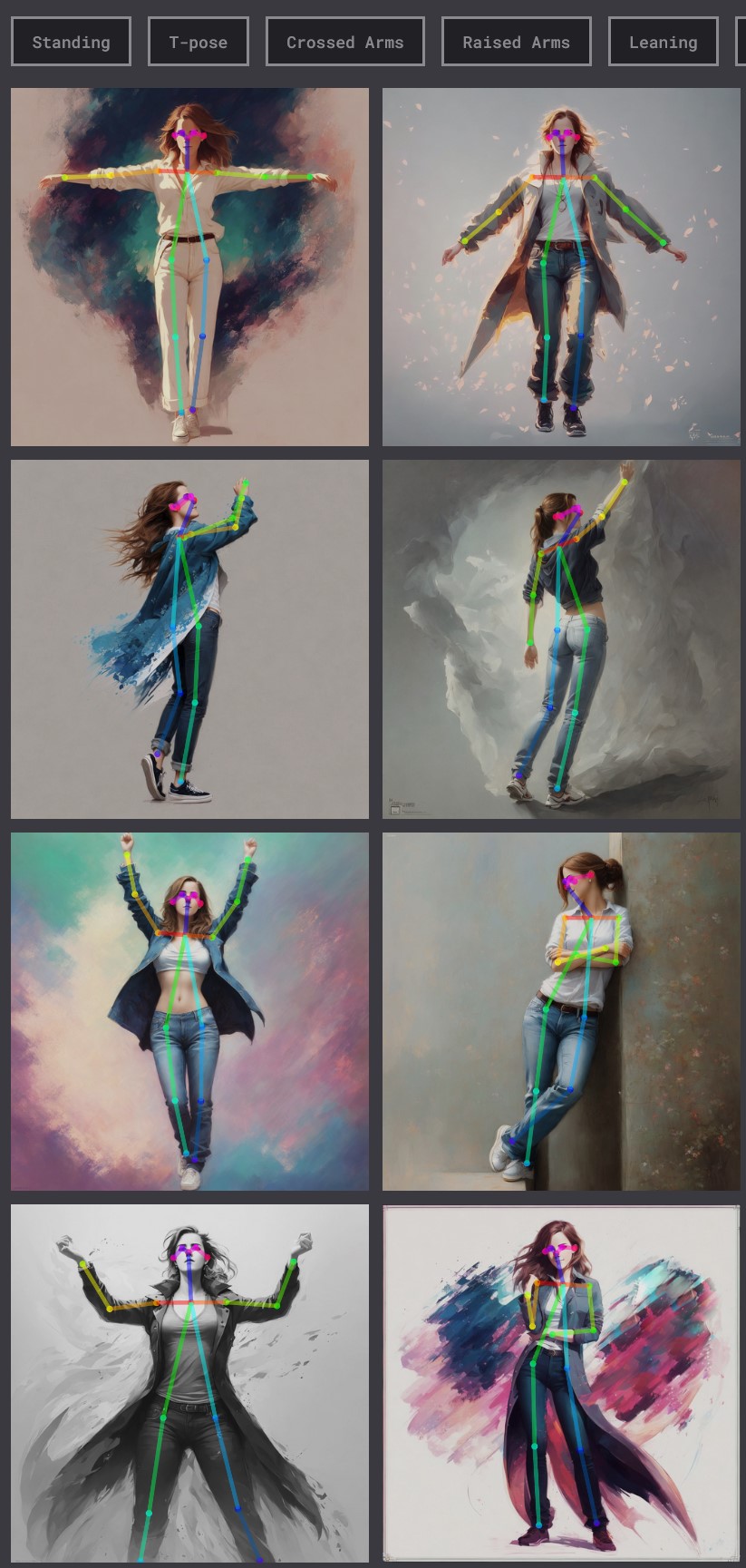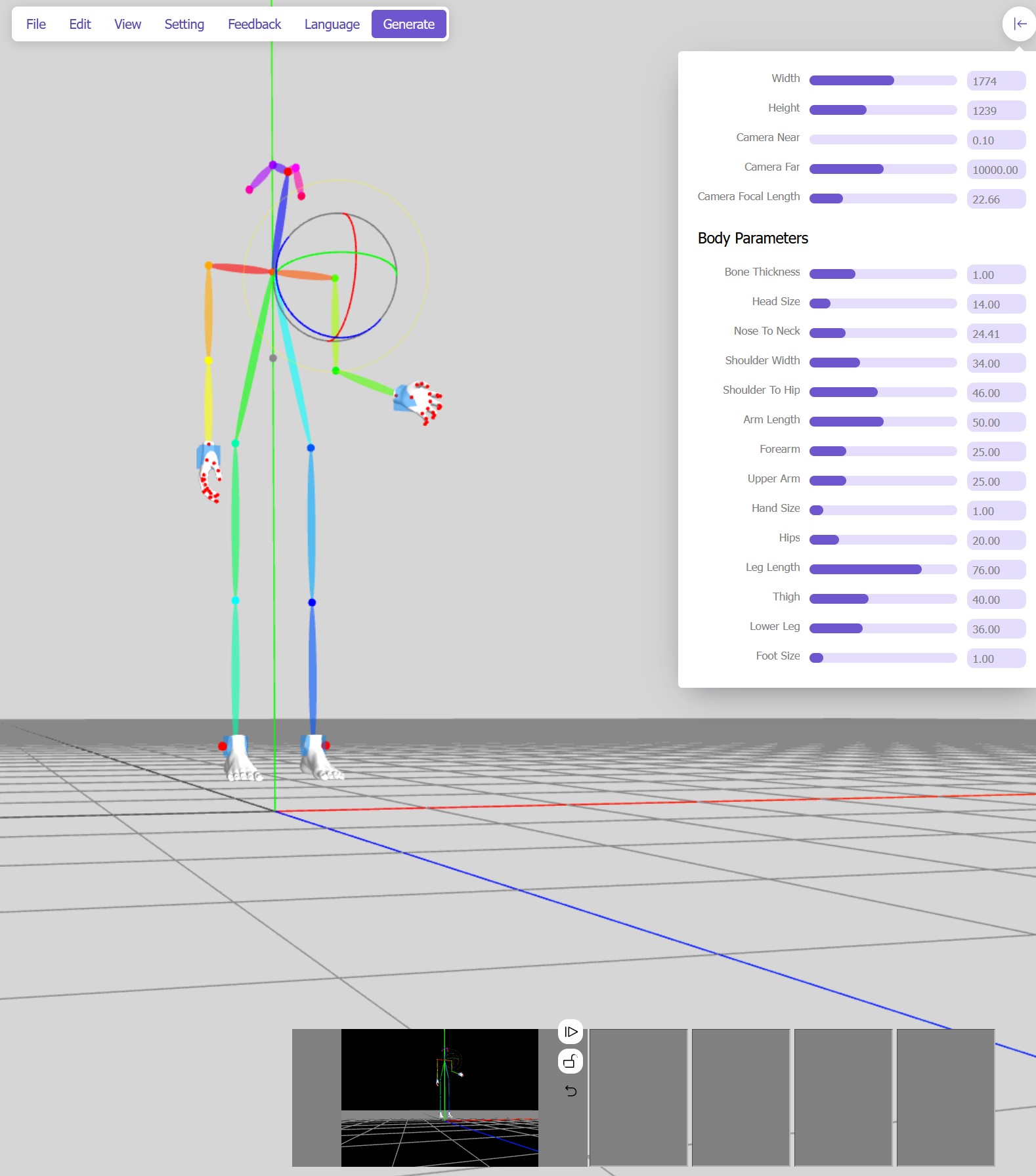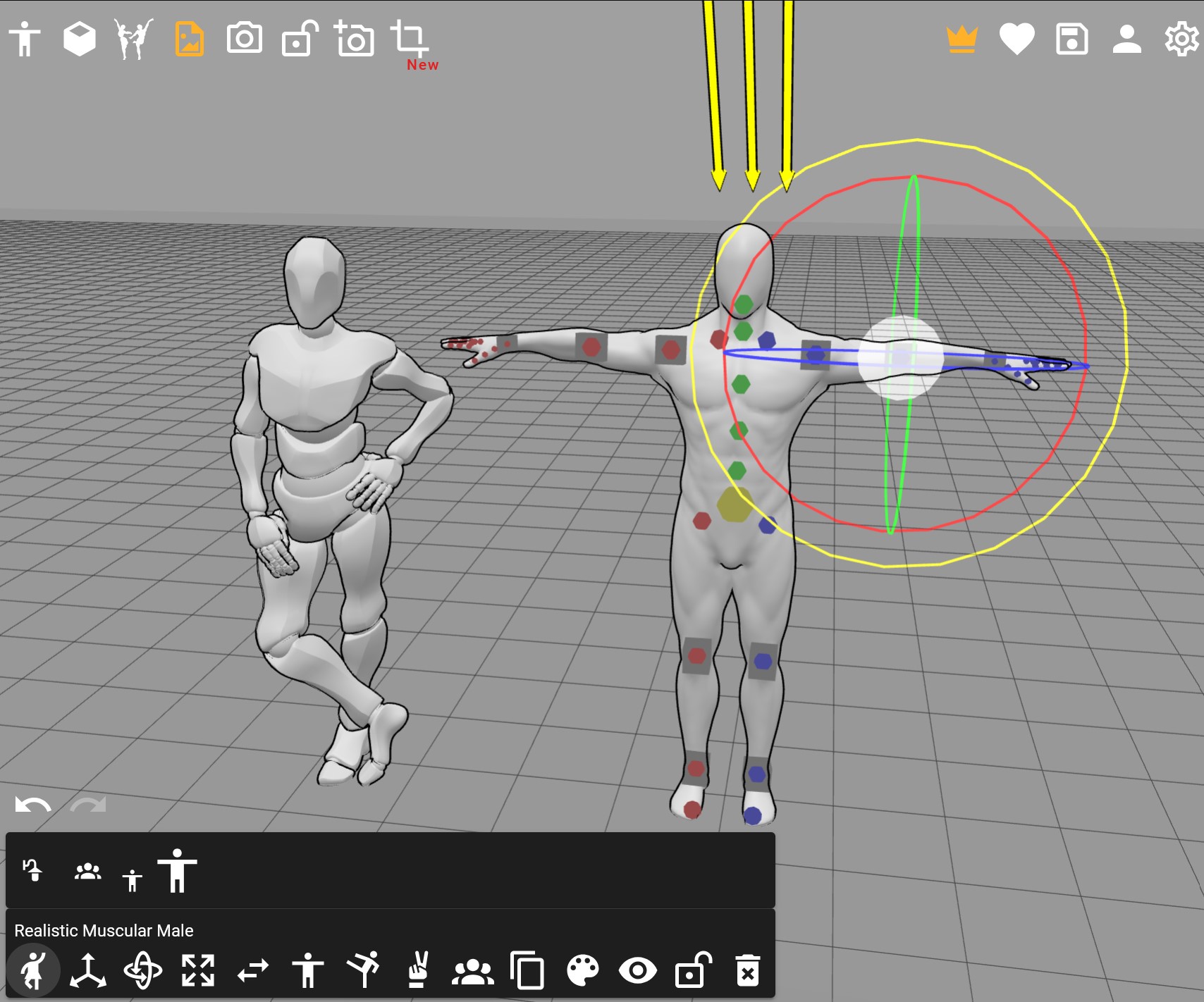Views : 85





3Dprinting (184) A.I. (923) animation (354) blender (220) colour (241) commercials (53) composition (154) cool (375) design (660) Featured (94) hardware (319) IOS (109) jokes (141) lighting (300) modeling (160) music (189) photogrammetry (199) photography (757) production (1310) python (108) quotes (501) reference (318) software (1384) trailers (310) ves (577) VR (221)
POPULAR SEARCHES unreal | pipeline | virtual production | free | learn | photoshop | 360 | macro | google | nvidia | resolution | open source | hdri | real-time | photography basics | nuke
Author: pIXELsHAM.com
-
László Gaál – Google Veo2 tests
https://www.linkedin.com/posts/laszloga_veo2-activity-7278344748464029696-z18_
https://www.linkedin.com/posts/laszloga_veo2-veo2-activity-7279424228779507712-zDgC
https://www.linkedin.com/posts/laszloga_veo2-activity-7280530104722583552-tGgJ
https://www.linkedin.com/posts/laszloga_veo2-activity-7280881794663510016-e8i8
https://www.linkedin.com/posts/laszloga_veo2-activity-7277947758932606976–7i9
https://www.linkedin.com/posts/laszloga_veo2-activity-7283050136446935041-EJGs
-
Bloomberg – Sam Altman on ChatGPT’s First Two Years, Elon Musk and AI Under Trump
https://www.bloomberg.com/features/2025-sam-altman-interview
One of the strengths of that original OpenAI group was recruiting. Somehow you managed to corner the market on a ton of the top AI research talent, often with much less money to offer than your competitors. What was the pitch?
The pitch was just come build AGI. And the reason it worked—I cannot overstate how heretical it was at the time to say we’re gonna build AGI. So you filter out 99% of the world, and you only get the really talented, original thinkers. And that’s really powerful. If you’re doing the same thing everybody else is doing, if you’re building, like, the 10,000th photo-sharing app? Really hard to recruit talent.
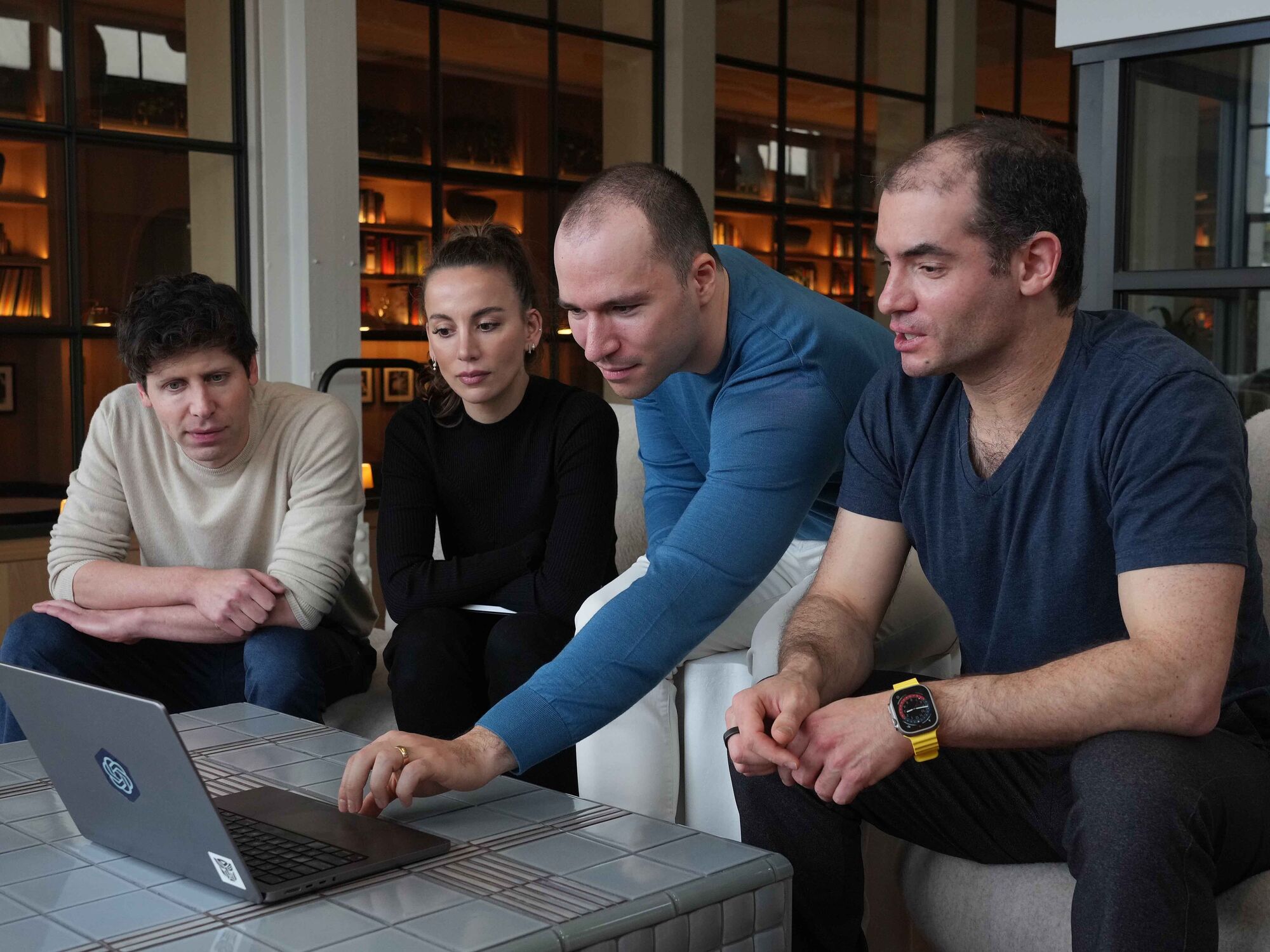
OpenAI senior executives at the company’s headquarters in San Francisco on March 13, 2023, from left: Sam Altman, chief executive officer; Mira Murati, chief technology officer; Greg Brockman, president; and Ilya Sutskever, chief scientist. Photographer: Jim Wilson/The New York Times
-
LG 45GX990A – The world’s first bendable gaming monitor
The monitor resembles a typical thin flat screen when in its home position, but it can flex its 45-inch body to 900R curvature in the blink of an eye.
-
DMesh++ – An Efficient Differentiable Mesh for Complex Shapes
https://sonsang.github.io/dmesh2-project
An efficient differentiable mesh-based method that can effectively handle complex 2D and 3D shapes. For instance, it can be used for reconstructing complex shapes from point clouds and multi-view images.
-
Nvidia unveils $3,000 desktop AI computer for home LLM researchers
https://arstechnica.com/ai/2025/01/nvidias-first-desktop-pc-can-run-local-ai-models-for-3000
https://www.nvidia.com/en-us/project-digits
Some smaller open-weights AI language models (such as Llama 3.1 70B, with 70 billion parameters) and various AI image-synthesis models like Flux.1 dev (12 billion parameters) could probably run comfortably on Project DIGITS, but larger open models like Llama 3.1 405B, with 405 billion parameters, may not. Given the recent explosion of smaller AI models, a creative developer could likely run quite a few interesting models on the unit.
DIGITS’ 128GB of unified RAM is notable because a high-power consumer GPU like the RTX 4090 has only 24GB of VRAM. Memory serves as a hard limit on AI model parameter size, and more memory makes room for running larger local AI models.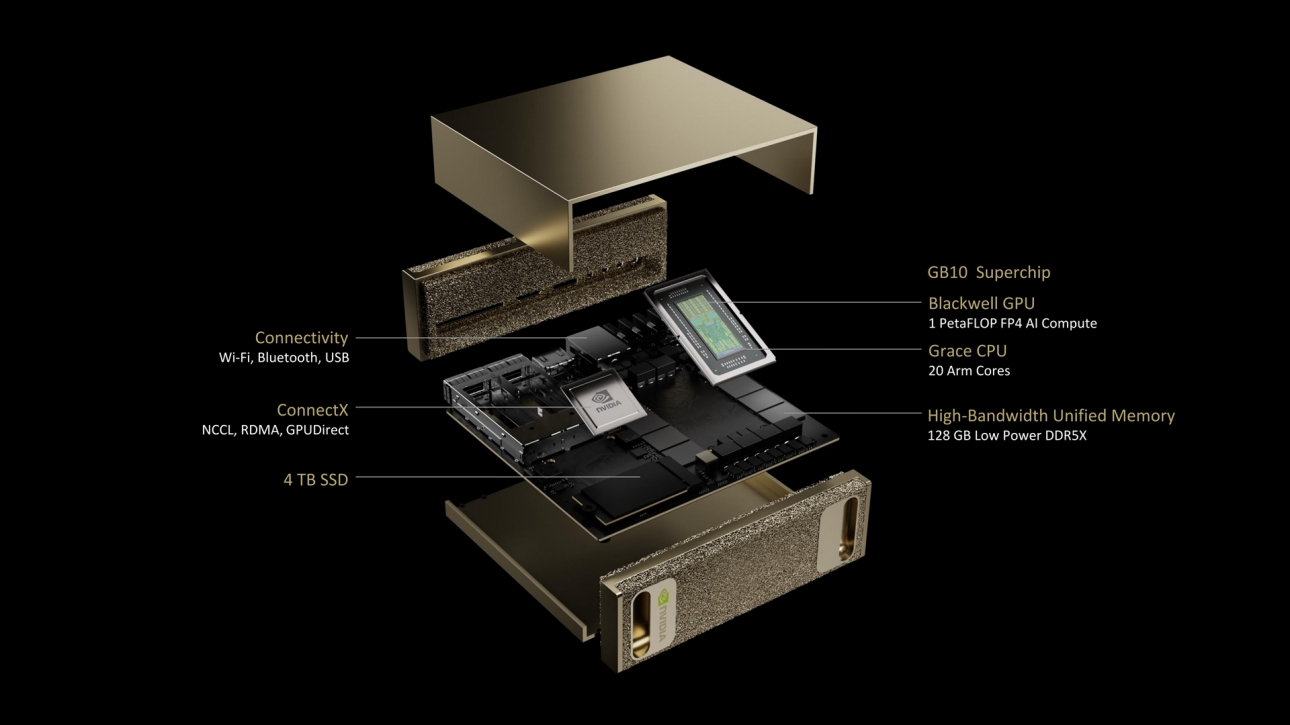
-
Gaussian Splatting OFX plugin for Nuke
https://radiancefields.com/gaussian-splatting-in-nuke
https://aescripts.com/gaussian-splatting-for-nuke
Features
- Import .ply files in Nuke.
- Support Compressed .ply files from SuperSplat
- Crop with Spherical or Box shape.
- Crop with Y Plane.
- Combine up to 10 models in the scene.
- Colorize with Ramp using Spherical or Box shape.
- Reveal model with Opacity Ramp.
- Animate Splat Scale with Spherical or Box shape.
- Each model can be distorted with Noise.
- Render Depth Pass for 3D compose.
- Color correction for each model.
- Real-time with GPU
- Export scene
-
ComfyUI + InstaID SDXL – Face and body swap tutorials
https://github.com/cubiq/ComfyUI_InstantID
https://github.com/cubiq/ComfyUI_InstantID/tree/main/examples
https://github.com/deepinsight/insightface
Unofficial version https://github.com/ZHO-ZHO-ZHO/ComfyUI-InstantID
Installation details under the post
(more…)
COLLECTIONS
| Featured AI
| Design And Composition
| Explore posts
POPULAR SEARCHES
unreal | pipeline | virtual production | free | learn | photoshop | 360 | macro | google | nvidia | resolution | open source | hdri | real-time | photography basics | nuke
FEATURED POSTS
-
Animation/VFX/Game Industry JOB POSTINGS by Chris Mayne
-
Tencent Hunyuan3D 2.1 goes Open Source and adds MV (Multi-view) and MV Mini
-
Principles of Animation with Alan Becker, Dermot OConnor and Shaun Keenan
-
PixelSham – Introduction to Python 2022
-
3D Gaussian Splatting step by step beginner course
-
4dv.ai – Remote Interactive 3D Holographic Presentation Technology and System running on the PlayCanvas engine
-
Jesse Zumstein – Jobs in games
-
Photography basics: Color Temperature and White Balance
Social Links
DISCLAIMER – Links and images on this website may be protected by the respective owners’ copyright. All data submitted by users through this site shall be treated as freely available to share.

